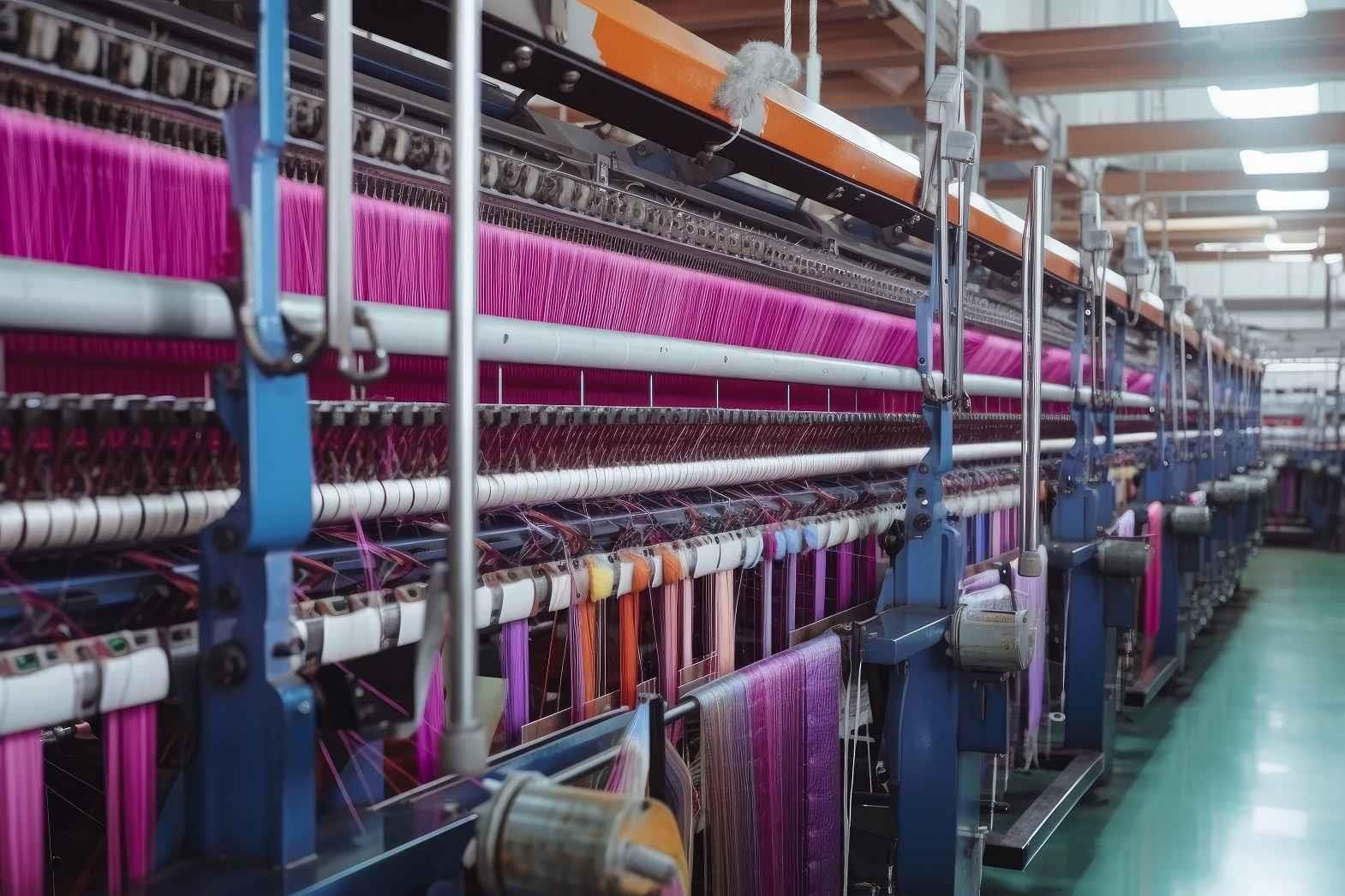The Indian textile industry, born out of the more than 200-years of British rule, remains a crucial sector for the country’s economy. It contributes four per cent to the global trade in textiles and apparel, two per cent to the GDP and constitutes seven per cent of industry output in terms of value in 2023.
The industry, however, has been facing increased scrutiny due to its environmental impact. One of the primary concerns is the excessive consumption of energy, water and the waste generated throughout the production process.
As India endeavours to become Atmanirbhar (self-reliant) while expanding its global presence through initiatives such as Make in India, the textiles industry plays a crucial role. Therefore, it is essential to incorporate sustainable technologies to meet global targets and achieve a net-zero approach. This will also ensure that companies do not just do their bit towards the environment but also bolster their bottom line in the long run.
Consider this example: It takes 160-180 litres of water to dye one kilogram of fabric. Zero Liquid Discharge or ZLD technology will cut this down to just about 50 litres by treating and reusing the water. This water consumption can further be reduced by technology partners or the suppliers of ZLD equipment, and also wet processing technologists who are employed across the production process. Use of spray dryer and multi-effect evaporator will then ensure that the effluents undergo combustion – giving salt as the end product – and this can be put back to use in the dyeing process. These set of technologies collectively ensure that negligible amount of water and pollutants are let out as waste, thus contributing to efficient resource management.
The industry, however, needs to focus on a few aspects. On the energy consumption front, manufacturers need to show the will to choose renewable sources. It is also important to go a step further to cut down emissions, especially from the dyeing processing unit. The treatment of chemicals could be more scientific. Simple changes like controlling steam pipe temperature and regulating the air-fuel ratio in boilers while setting up heat exchangers using warm water (wastewater) can cut down energy expenses by 15 per cent, and most players are already doing it.
Alternatives for electric heating, such as steam, gas heating, and direct or indirect fired heating, can help achieve significant reductions in cost. However, these are relatively costlier than the newer heat recovery plants technology. Though the capital expenditure on new technologies is higher, it can be recovered in about three to four years. It is heartening to witness the entire industry collaborating in order to shift away from hazardous chemicals and embrace waste processing techniques.
Digital technology, too, plays a crucial role in achieving sustainability in the textiles industry. Advanced digital solutions such as data analytics, Internet of Things (IoT), and artificial intelligence (AI) can optimise production processes, leading to energy and resource savings.
For instance, IoT sensors can be deployed in all units of factories to monitor and optimise energy usage. These sensors can collect data on energy consumption in real-time, allowing manufacturers to identify areas of inefficiency and implement targeted energy-saving measures. By optimising equipment usage, adjusting temperature and humidity levels, and implementing intelligent scheduling, energy consumption can be significantly reduced.
AI-powered data analytics can help textile manufacturers optimise production planning and inventory management. By analysing historical data, market trends, and consumer demand patterns, AI algorithms can generate accurate forecasts, enabling companies to produce textiles more efficiently and minimise waste.
Further, digital printing technology has emerged as a sustainable alternative to traditional printing methods. If used effectively, it not just cuts down water usage drastically but also saves energy through optimised operations and intelligent energy management.
Integration of modern technology into the textile industry has proven to be a game-changer in the quest to conserve water and energy like waterless dyeing technology. Embracing these advancements will not only contribute to a more sustainable future but also inspire a new era of responsible manufacturing, where fashion and sustainability walk hand in hand.


 (1)20240730094415.jpg)







Comments